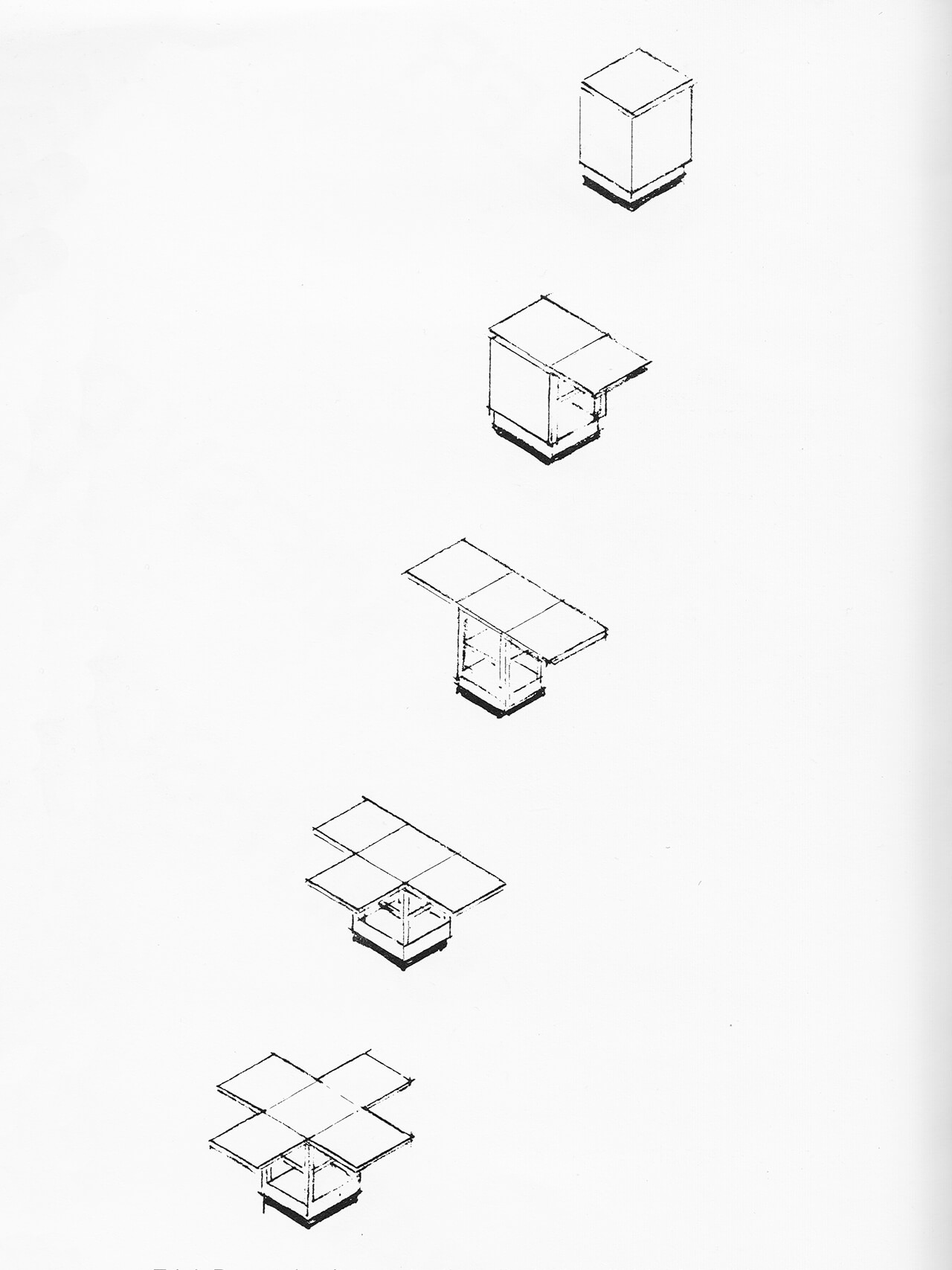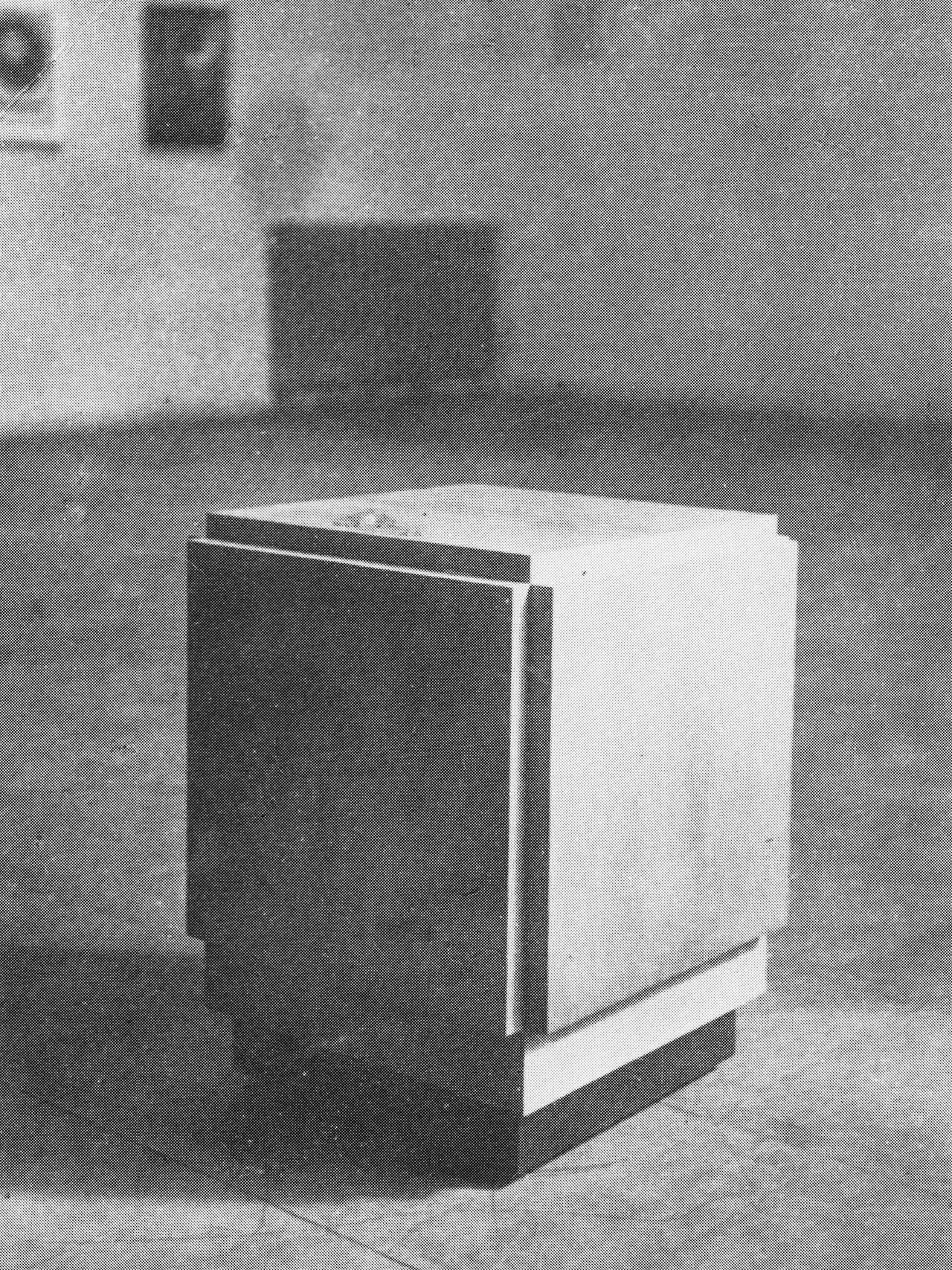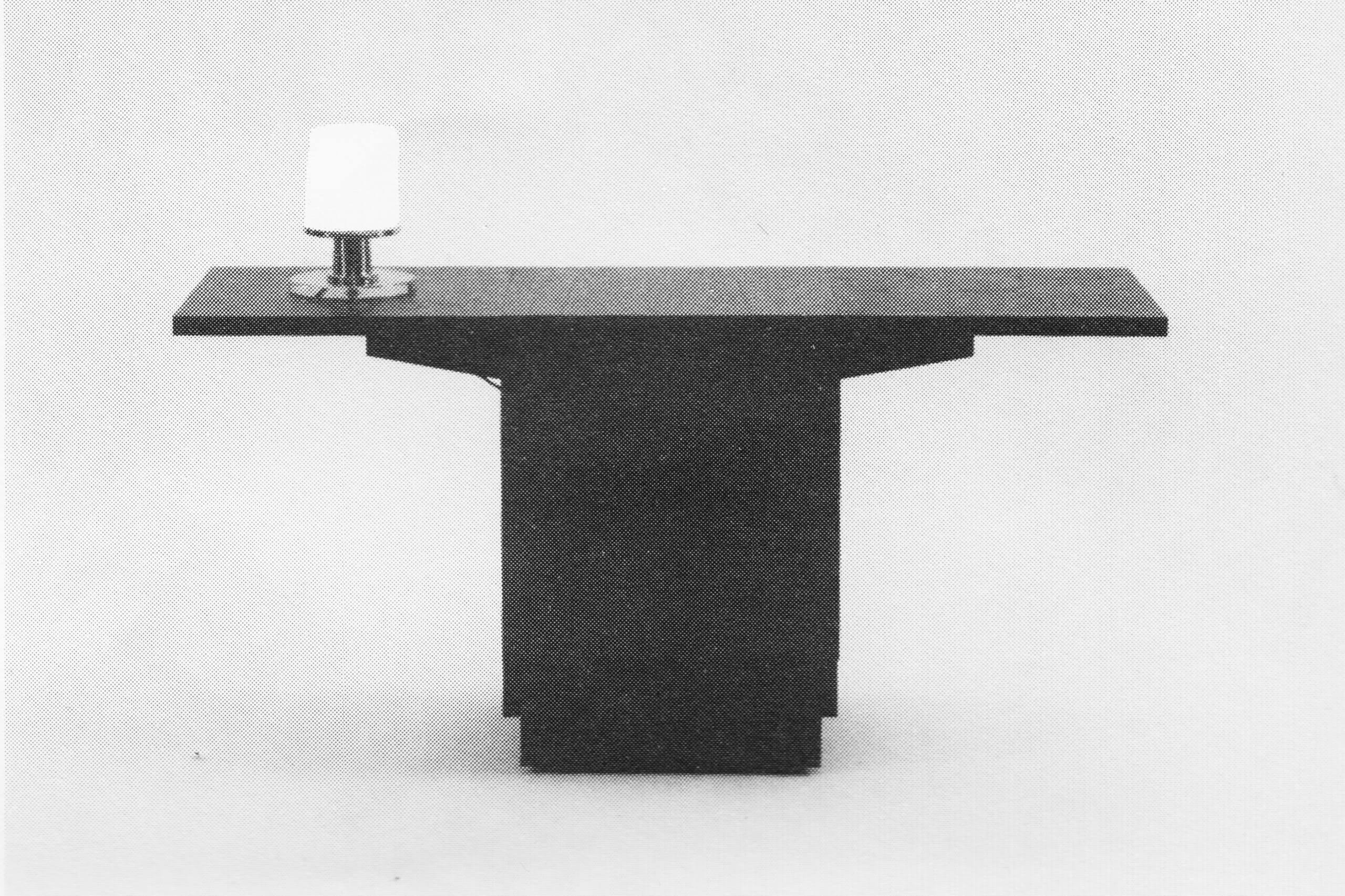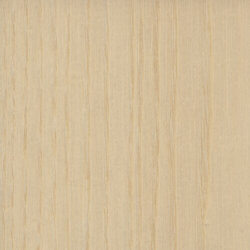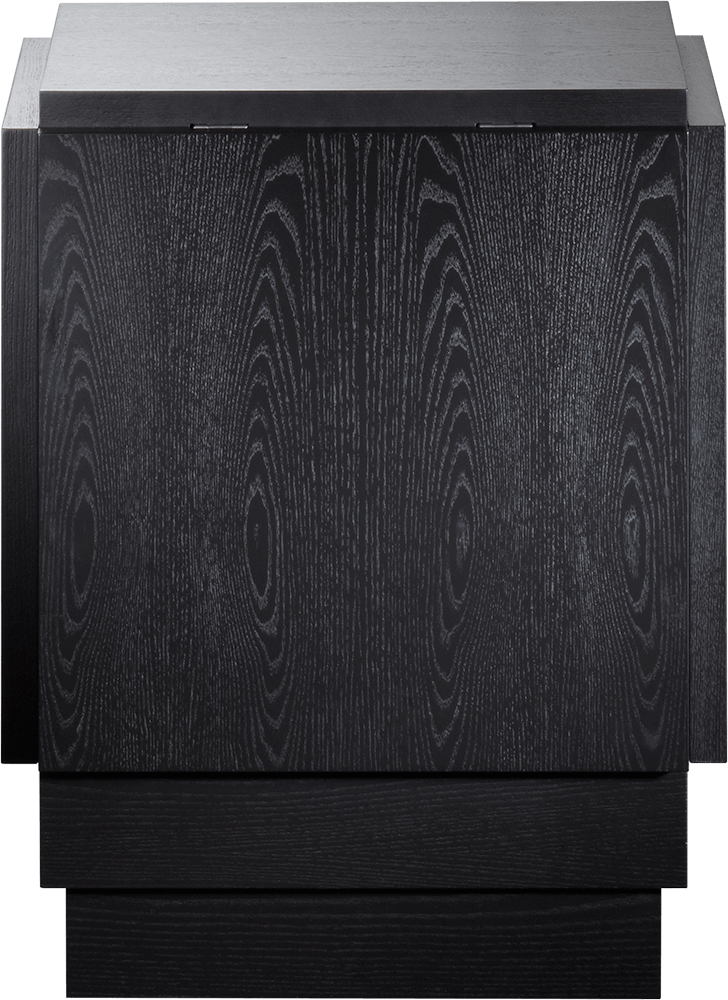
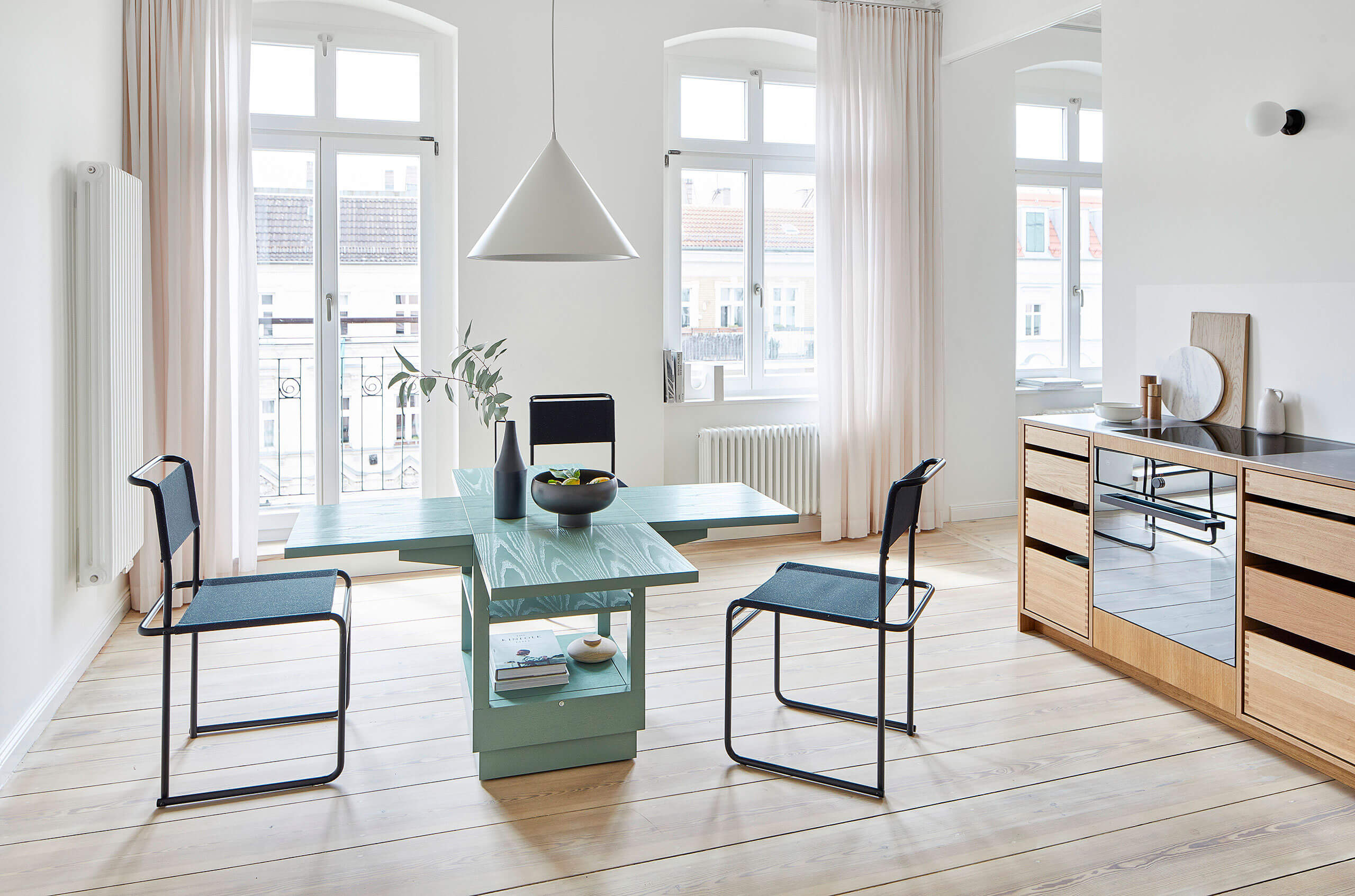
M10
Ever-folding table
It is the very epitome of smart, space-saving furniture and as up-to-date as ever: the M10 table. Erich Brendel designed it in 1924 in the early days of Bauhaus Weimar. As an apprentice carpenter and Bauhaus student, he was inspired by the distinctive cubic structures of Walter Gropius’ director’s room. Brendel then designed a mobile piece of furniture, which he called a tea table. When folded out, it becomes a veritable dining table taking inspiration from an ancient symbol: the Greek cross with four arms of equal length that are perpendicular to each other.
+ read more
- einklappen
A unique specimen of the design survived for almost 60 years in the care of Bauhaus sculptor Karla Luz-Ruland in Aachen. In 1968, the Museum of Modern Art in New York offered to purchase the table from her. The sculptor declined, and fourteen years later bequeathed the prototype to TECTA, having been a friend of the company for many years. At Erich Brendel’s request, this unique piece is now featured in the collection of the Cantilever Chair Museum in Lauenförde.
Since 1981, Tecta has faithfully re-edited the M10 under licence and in series, based on the 1924 original. The M10 table bears the original Bauhaus label designed by Oskar Schlemmer. And so the story comes full circle: sculptor Karla Luz-Ruland produced the famous “Schlemmer figurines” for his Triadic Ballet in the 1920s.

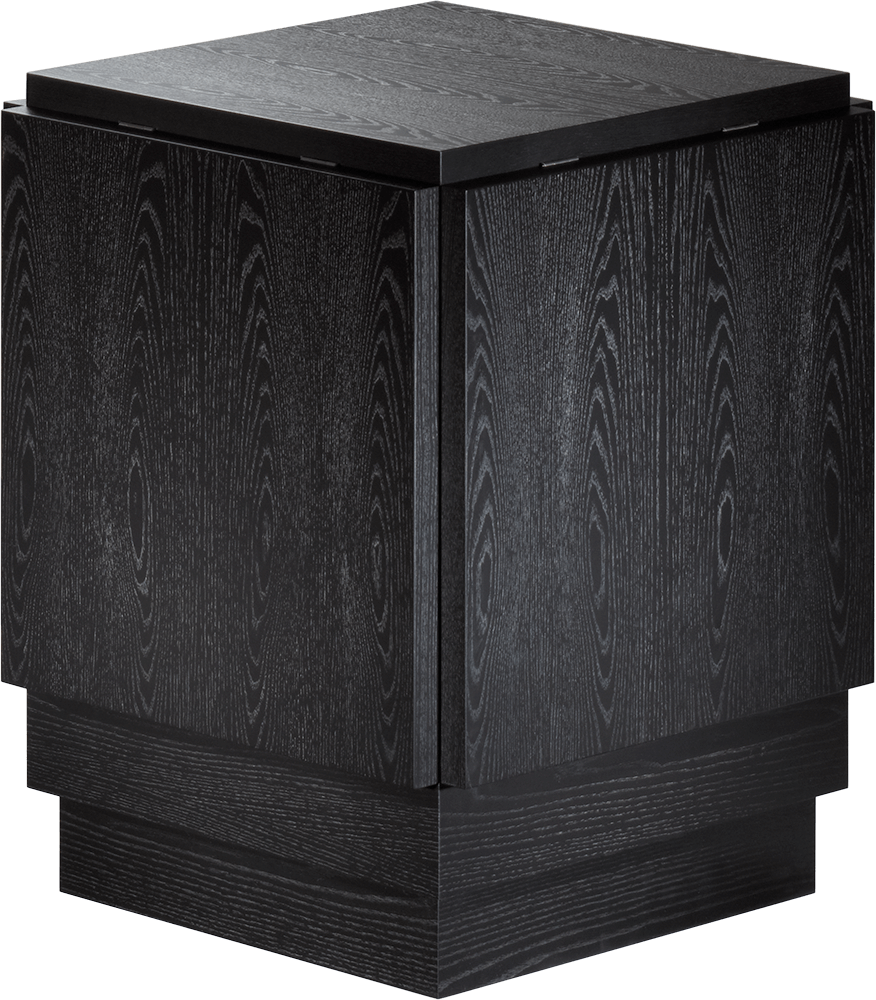
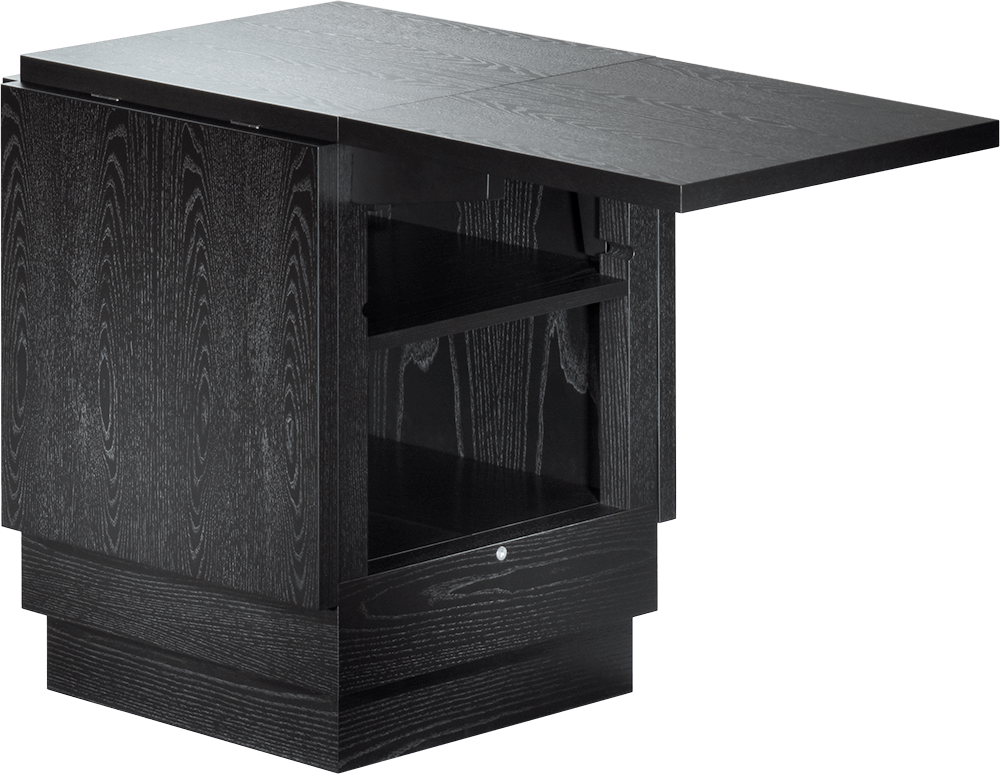
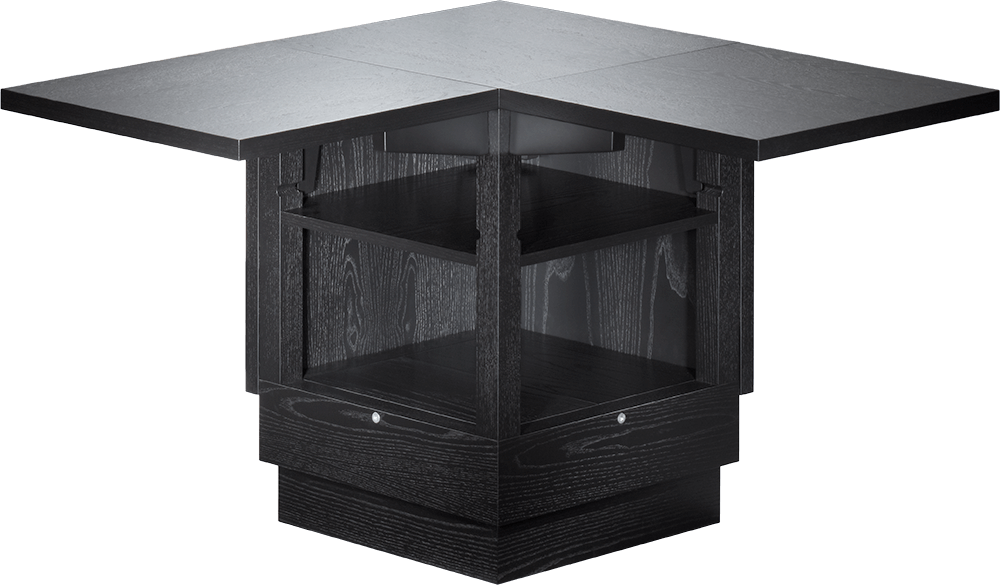
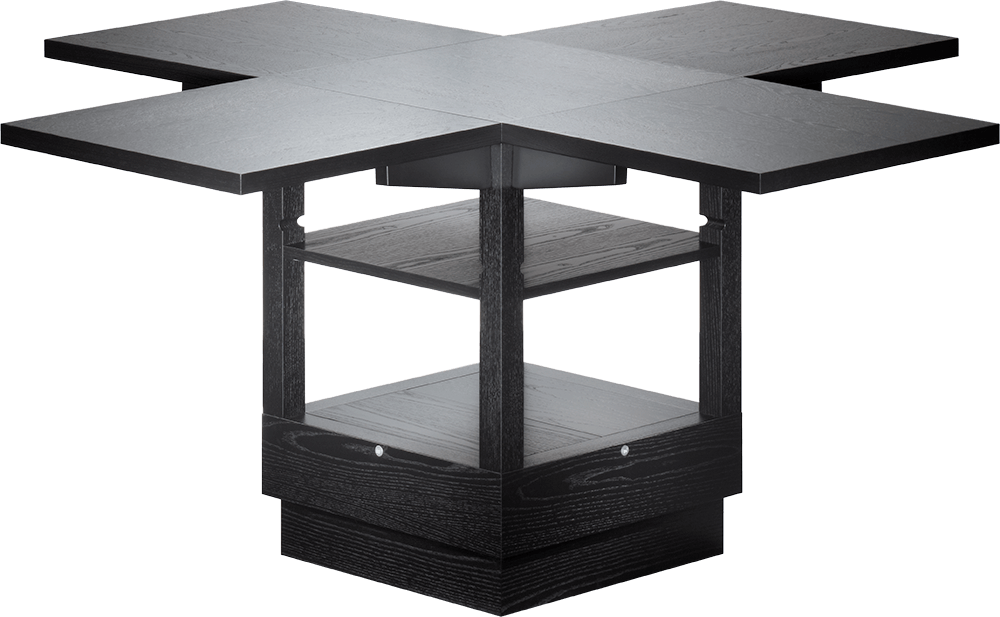
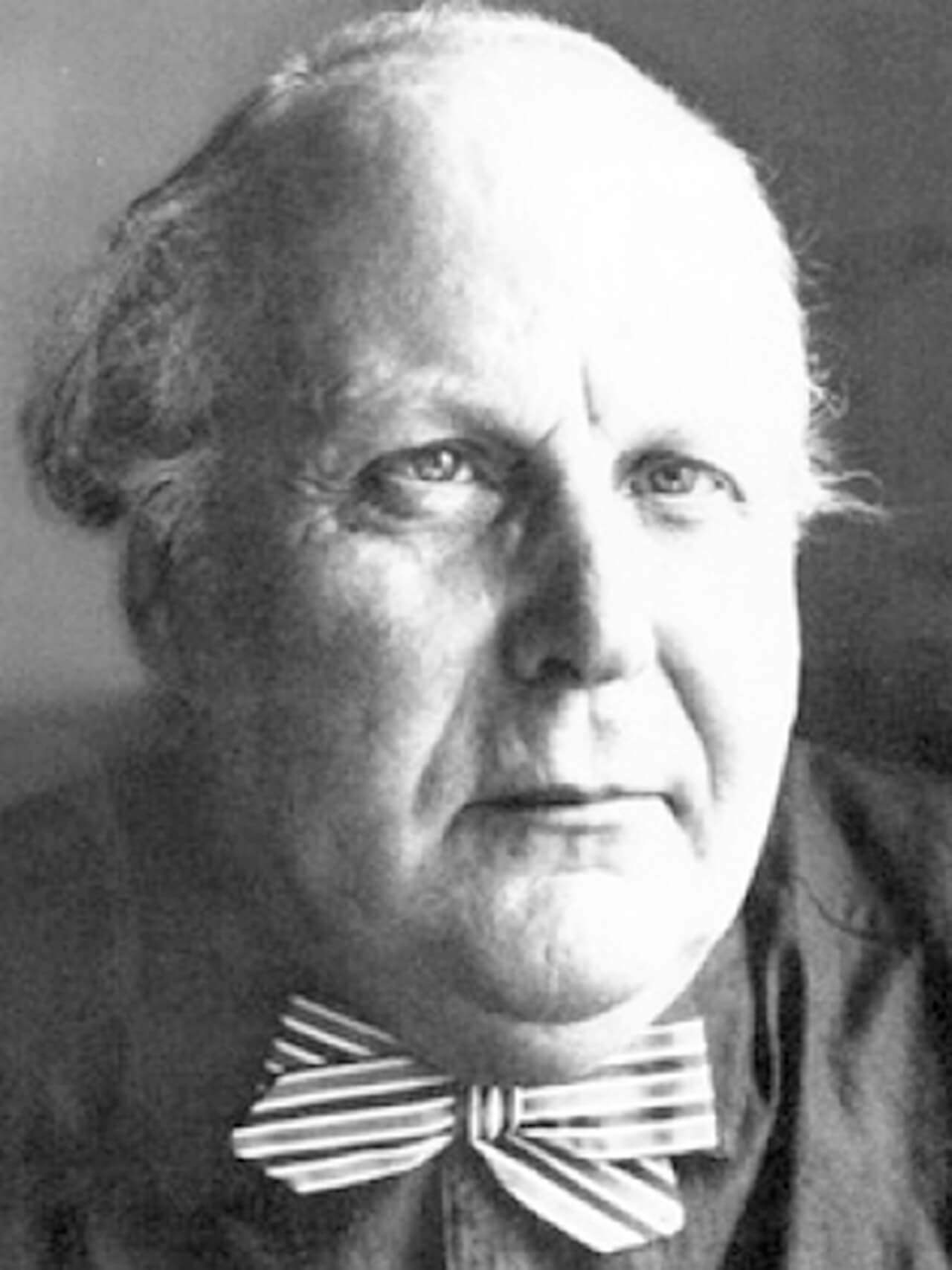
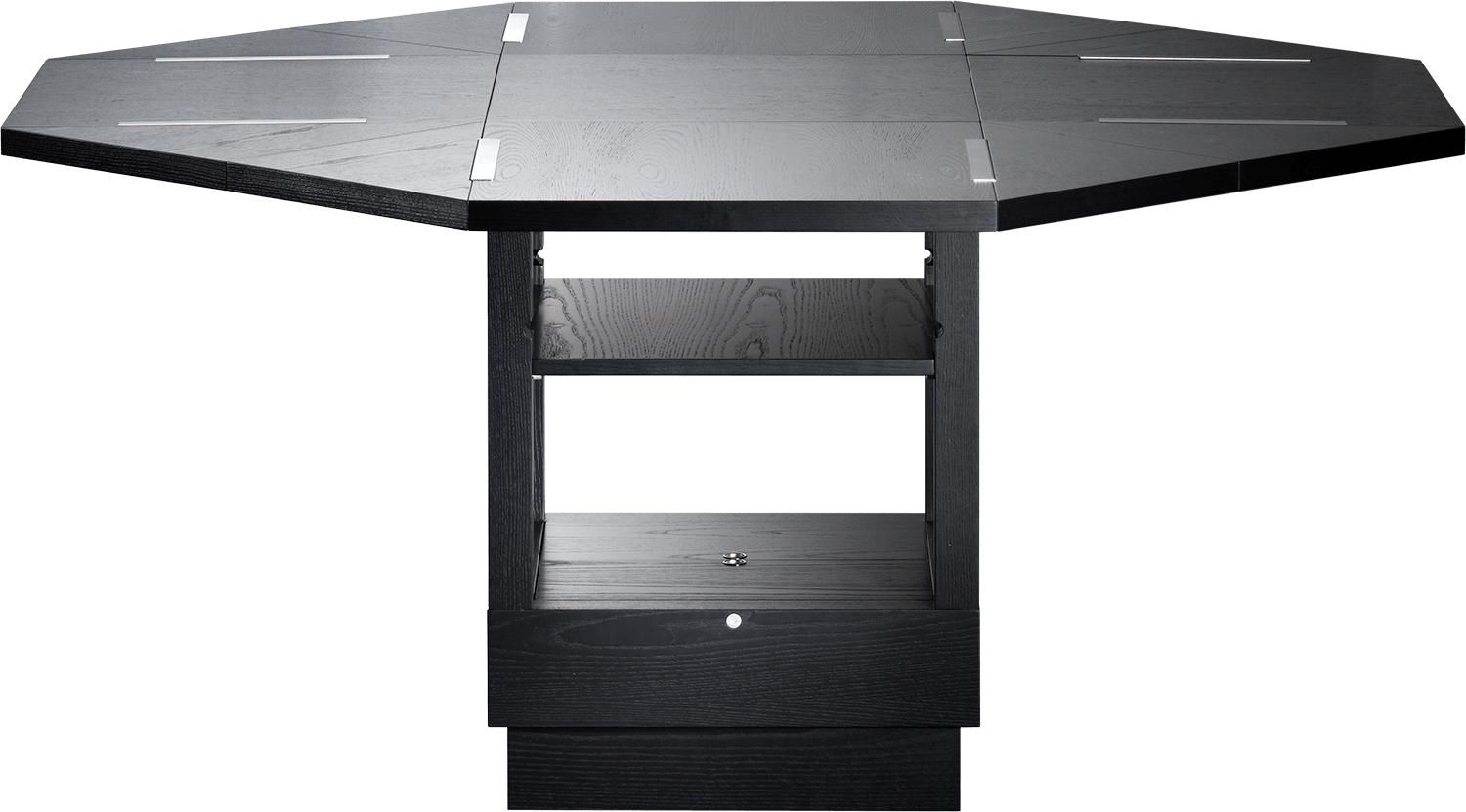

M10: True to the original and with license.
How can you recognize the original Bauhaus reeditions from Tecta? The Bauhaus Archive in Berlin only approves true-to-work and licensed reeditions of the original Bauhaus models. These are marked with Oskar Schlemmer’s signet, which he designed for the Weimar State Bauhaus in 1922. Even today, our Bauhaus models are based exactly on the proportions of the originals.
